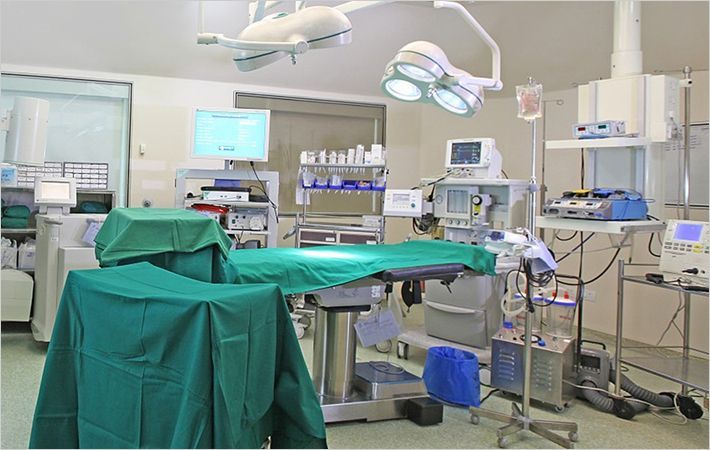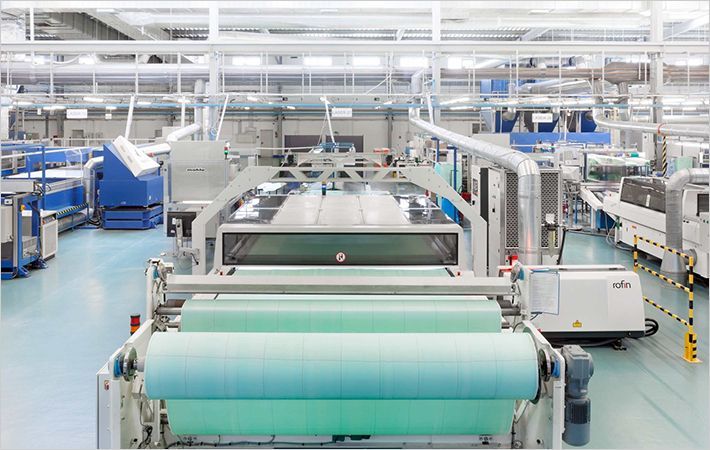In recent years, the improved materials, processing techniques and measuring methods are reflected in the revised DIN EN 469 standard, ‘Protective clothing for firefighters’ at the Hohenstein Institute.
It has now specified a defined procedure for testing overlapping, moisture barrier is limited to 10 cm on jackets & 15 cm on trousers, where retroreflective material is applied, it must cover a minimum area of 0.13 m², and if there is fluorescent material the minimum area is 0.2 m² and finally materials testing is carried out after at least 5 wash cycles.In recent years, the improved materials, processing techniques and measuring methods are reflected in the revised DIN EN 469 standard, 'Protective #
“Testing for damage to subsequent impregnation, the customer specifies after how many wash cycles the garment must be re-impregnated. The surface wetting and resistance to penetration by liquid chemicals must be tested again after impregnation,” the testing institute informs.
The specification for dimensional change in knitted or nonwoven fabrics has been set at less than or equal to +5 per cent and a maximum value for water vapour resistance has been reintroduced at 45 m² Pa/W at Level 1.
While at the same time, a few ergonomic requirements have been deleted. For instance, Appendix E has been replaced by information about the ISO 13506 standard.
In future, protective clothing will also be labelled, on or beside the graphical symbol is applied to the garment with the number and date of issue of this European standard, i.e. EN 469: 2014.
Users can also tell from the pictogram up to which level of heat protection, X1 or X2 or at what levels of combined protection against flames and heat radiation the clothing has been certified. (AR)
Fibre2fashion News Desk - India

